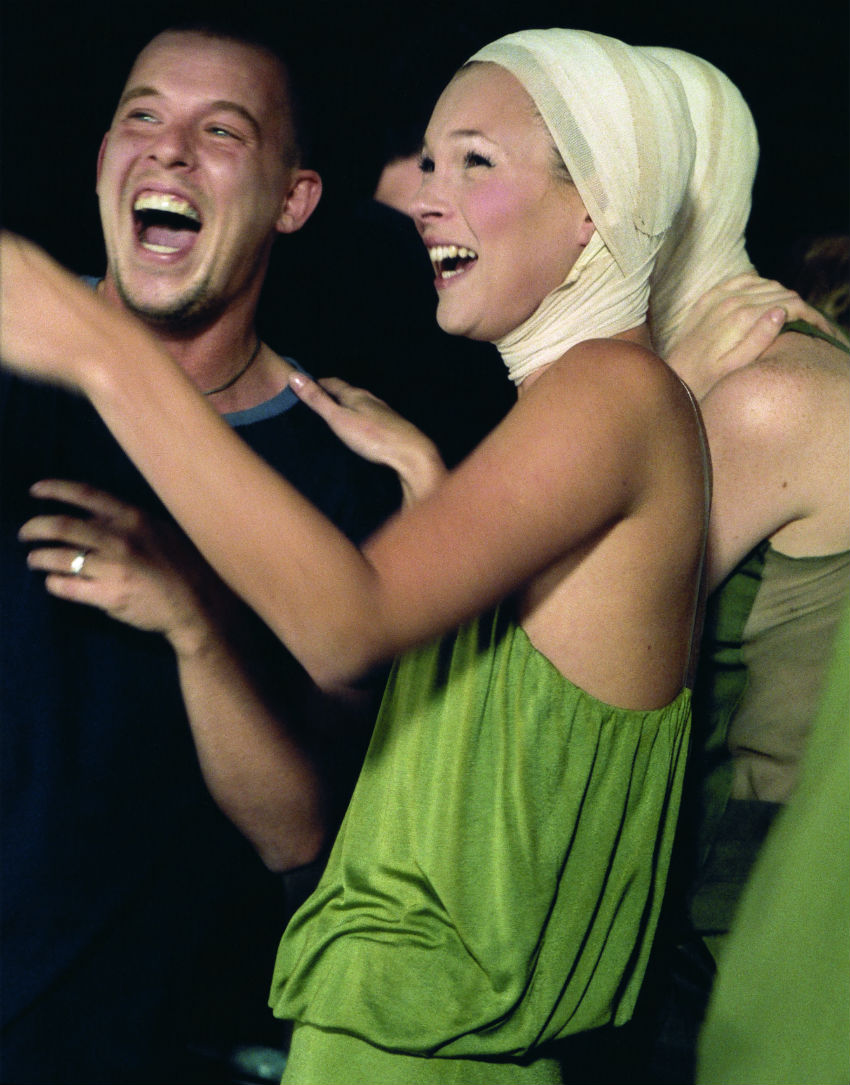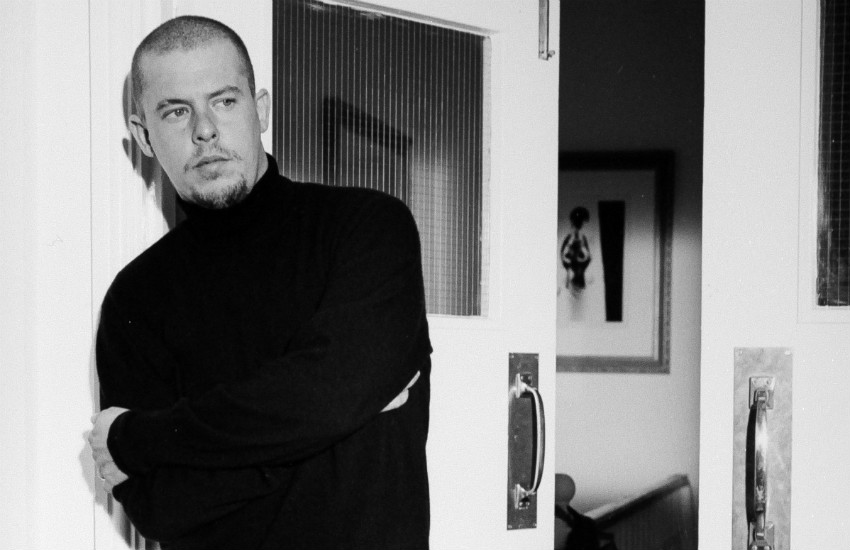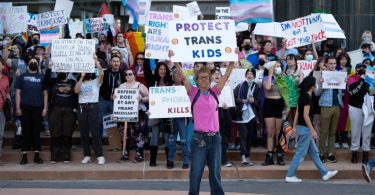Alexander McQueen (Photo: ©ADeniau | Bleeker Street)
The fame of fashion designer Alexander McQueen has not diminished with his death. A career-spanning exhibition of his work, Savage Beauty, ran at the Metropolitan Museum of Art in New York and the V&A in London. It broke records at both establishments and sold well over a million tickets.
There have been a books about his life and in 2015 a play, McQueen, came to London’s West End.
A large part of the public remain fascinated with how the son of a taxi driver rose to become the most féted man in fashion, his darkly imaginative designs, and why someone who appeared to have great success decided to end his own life at the age of 40, in 2010.
Following the success of Savage Beauty, a big-screen documentary or biopic was inevitable. I’m glad that it’s the former that makes it to the screen first (Looking director Andrew Haigh is reportedly working on a movie).
Although this is the first feature-length film from director Ian Bonhôte, it presents a solid, exhaustative look back at McQueen’s career: packed with archive footage, intimate home movie clips and interviews with dozens of people who knew him.
[embedded content]
Beginnings
McQueen’s career burned like the proverbial firework across the world of fashion in the late 90s and 00s. Born Lee to parents Alan and Sandra – one of six children – an interest in fashion led the Stratford teenager to an apprenticeship at a Saville Row tailor. He learned to cut and sew, but nurtured great ambition to go further.
Despite a lack of formal qualifications, his talent and skills led to a place on the prestigious fashion degree course at St Martin’s School of Art. He arrived with vastly more actual tailoring experience than many of his fellow students.
He first gained attention with his degree show, and was taken under the wing of influential stylist Isabella ‘Issie’ Blow.
The two became best friends and Blow helped push his career. She suggested he change his name to the posher-sounding Alexander, and shared the thrill when his first solo show, the controversial Highland Rape, made headlines.
The show saw him cement his reputation as the enfant terrible of British fashion – a reputation he was happy to play up to.

McQueen at one of his shows (Photo: Bleeker Street)
Public success: personal stress
The term ‘troubled genius’ is often overused, but if anyone fits the bill, it’s McQueen. He enjoyed shocking people and exploring what clothing could do beyond simply making the wearer look attractive. A fascination with the macabre led to iconic designs and legendary fashion shows.
Interviewees here recall the public and private face of McQueen: both the bad boy designer who just wanted to be known for his work, and the private man bemused and unimpressed by the falseness of much of the fashion world and its hangers on.
Where did things begin to unravel for him? No-one can know exactly what was going on inside McQueen’s mind at the time of his death, but this documentary explores a number of factors that might have taken a toll on his mental health.
McQueen suffered childhood abuse at the hands of a brother-in-law; Fame led to a drug abuse and cocaine habit; His fluctuating weight made him self-conscious; He seemed unable to settle down for very long with any one partner and remained a lonely figure in his private life despite a small coterie of close friends. He was – as revealed by a nephew in the film – HIV positive.
Strained relationships
McQueen’s meteoric rise – becoming the head designer at Givenchy aged just 27 – put pressure on his friendship with Blow. One of the film’s highlights is an awkward exchange between them which finds the designer complaining about those who credit Blow with discovering him.
Nevertheless, he was devastated when a cancer-stricken Blow took her own life in 2007.
He was similarly sent reeling by the death of his own mother in 2010. He took his own life the day before her funeral.

McQueen at work (Photo: Bleeker Street)
One of his closest friends and assistants was Sebastian Pons, who provides some of the film’s most illuminating comments. This includes disturbing revelation that McQueen had spoken to him previously about committing suicide on the catwalk. It isn’t clear if it was a comment made in jest or seriousness by the increasingly unhappy designer.
Despite his demons, one senses McQueen was able to escape into his work throughout much of his life. But if the film makes anything clear, it’s that he was working at a rate that was inevitably unsustainable.
At the time of his death, he was churning out 14 collections a year for his various brands. That’s a soul-destroying amount of work for any designer, let alone one determined to produce the fashion world’s most talked-about catwalk shows.
McQueen, the incendiary fashion firework, burned out – mentally and emotionally.
Burn out
Bonhôte’s film includes contributions from members of McQueen’s family, friends and ex boyfriends.
Some close associates are missing: Like Blow, former ‘husband’ George Forsyth (oddly overlooked here) is no longer with us. He died a few months after McQueen from an accidental overdose of painkillers.
One presumes that Kate Moss, Naomi Campbell and stylist Katy England were approached but – for whatever reason – declined to take part.
Nevertheless, the documentary, broken down into chapters named after some of McQueen’s most notable collections, paints a dazzling and moving portrait of a stellar career and the troubled talent behind it.
McQueen will be in UK movie theaters on 8 June.







